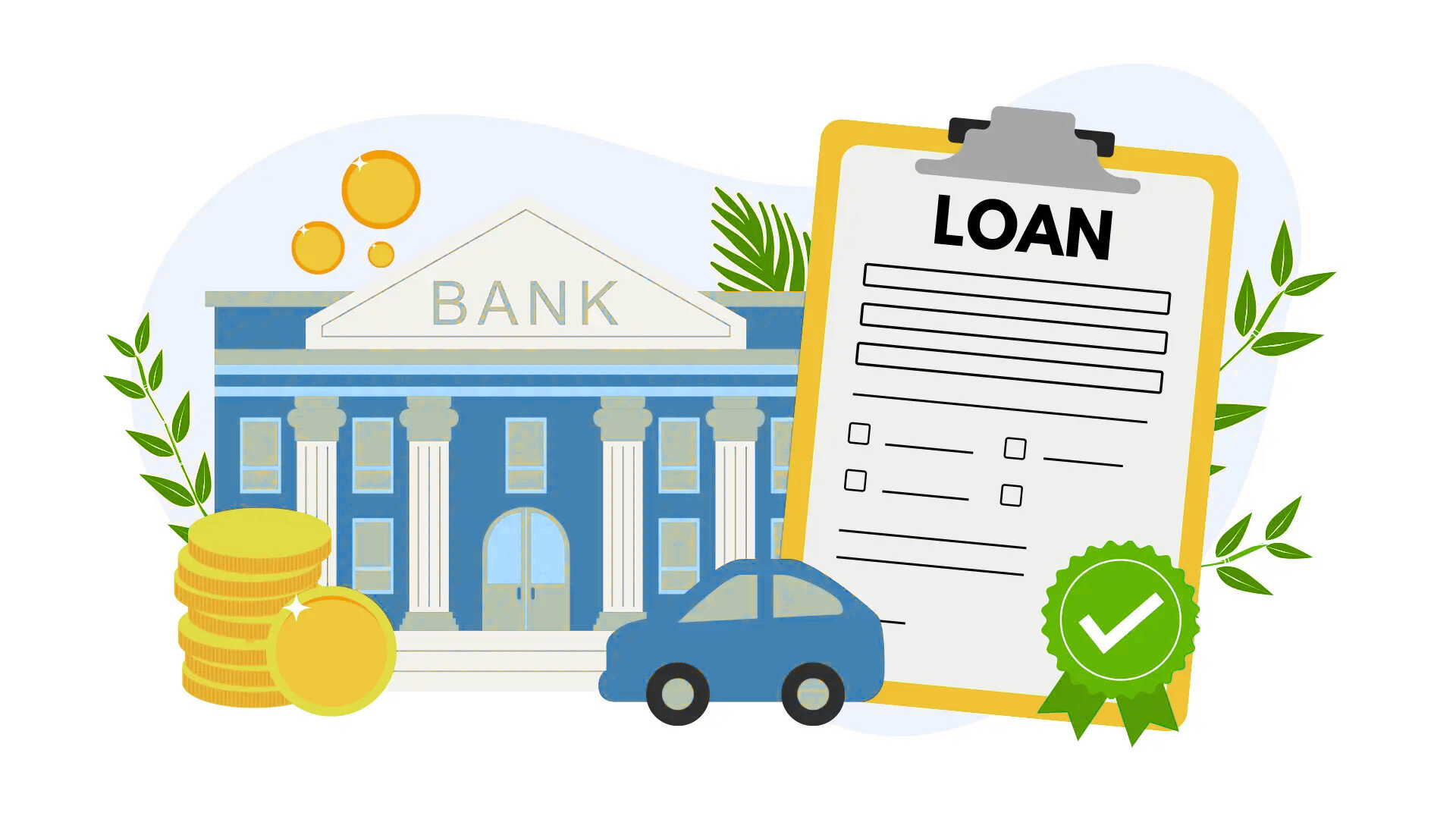Microfinance Loans Explained: Who Benefits?
Access to credit has always been a challenge for low-income individuals and small-scale entrepreneurs. Traditional banks often require collateral, strong credit histories, or steady incomes criteria that many disadvantaged people cannot meet. Microfinance loans bridge this gap by offering small, affordable loans to individuals who are typically excluded from the formal financial system. These loans don’t just provide money; they unlock opportunities for entrepreneurship, financial independence, and social mobility. In this article, we’ll explore what microfinance loans are, who benefits from them, and how they can be a powerful tool for community development.
What Are Microfinance Loans?
Microfinance loans are small financial products offered to people who do not have access to traditional banking. They are designed to help individuals start or expand small businesses, pay for education, or cover essential needs. Unlike conventional bank loans, these loans often don’t require collateral.
Key Features of Microfinance Loans
Community-based lending – in many cases, loans are given through cooperatives or microfinance institutions (MFIs).
Small loan amounts – typically ranging from $50 to $2,000.
Short repayment periods – often weekly or monthly payments.
Accessible to low-income borrowers – targeting people without credit histories.
How Do Microfinance Loans Work?
The process is simpler than applying for a traditional bank loan. Here’s how it usually works:
- Application – Borrowers apply through a microfinance institution.
- Group lending model – Many MFIs use peer groups, where small teams of borrowers support and hold each other accountable.
- Loan disbursement – Funds are given quickly, often in cash or through mobile money.
- Repayment – Borrowers make regular payments, usually in smaller installments.
- Cycle of credit – Successful repayment increases trust, enabling access to larger loans over time.
This model ensures that even without collateral, repayment rates remain relatively high due to peer accountability and community trust.
Who Benefits from Microfinance Loans?
1. Low-Income Entrepreneurs
Street vendors, artisans, farmers, and small shop owners often benefit the most. With even a small loan, they can buy inventory, invest in tools, or expand their services.
2. Women in Developing Economies
In many cases, women are the main recipients of microfinance programs.Empowering women with financial tools not only boosts household income but also improves access to education and healthcare for their families.
3. Rural Communities
In remote areas where banks are scarce, microfinance institutions provide a lifeline. These communities use loans for agriculture, water projects, or cooperative businesses.
4. Youth and First-Time Borrowers
For young people without credit histories, microfinance loans offer a chance to build financial credibility while supporting their first ventures.
Advantages of Microfinance Loans
Economic Empowerment
By providing access to capital, microfinance loans stimulate small-scale businesses, helping families escape the poverty cycle.
Social Impact
Borrowers gain confidence, independence, and improved social standing within their communities.
Financial Inclusion
Microfinance fills a critical gap, offering banking services to people ignored by traditional institutions.
Challenges of Microfinance Loans
Although microfinance loans bring many advantages, they also come with certain challenges.
- High interest rates: Because administrative costs are high for small loans, MFIs sometimes charge above-average rates.
- Over-indebtedness: Borrowers may take multiple loans from different lenders, leading to repayment struggles.
- Dependency risks: Without financial education, loans may not lead to sustainable development.
Microfinance Loans vs Traditional Bank Loans
| Feature | Microfinance Loans | Traditional Bank Loans |
| Loan Size | Small ($50–$2,000) | Medium to Large ($5,000+) |
| Collateral Required | Often not required | Usually required |
| Borrower Profile | Low-income, no credit history | Middle/high income, credit history |
| Accessibility | High, community-based | Limited, formal process |
| Repayment Frequency | Weekly or monthly | Monthly or quarterly |
How to Use Microfinance Loans Wisely
If you’re considering a microfinance loan, here are practical tips:
- Borrow only what you need – Avoid taking on unnecessary debt.
- Invest in income-generating activities – Prioritize business or skills development.
- Create a repayment plan – Track expenses and income to ensure timely payments.
- Join group lending programs – Benefit from support and accountability.
- Seek financial literacy training – Understand budgeting and saving strategies.
💡 Pro tip: Before applying for a loan, use our loan planning tool to calculate repayment schedules and ensure affordability.
Frequently Asked Questions (FAQs)
1. What is a microfinance loan in simple terms?
A microfinance loan is a small loan given to individuals who don’t qualify for traditional bank loans, mainly to help them start or grow small businesses.
2. How much money can you get from microfinance?
Loan amounts typically range between $50 and $2,000, depending on the institution and the borrower’s repayment capacity.
3. Do you need collateral for microfinance loans?
Most microfinance institutions do not require collateral, which makes them more accessible to low-income individuals.
4. Who provides microfinance loans?
They are usually provided by microfinance institutions (MFIs), cooperatives, NGOs, and sometimes government programs.
5. Are microfinance loans only for women?
No, but many programs prioritize women because research shows they reinvest earnings into their families and communities.
6. What are the interest rates like?
Interest rates vary but are often higher than bank loans because managing small loans is costly. However, rates are typically lower than informal moneylenders.
7. Can microfinance loans reduce poverty?
Yes, when used for productive purposes, microfinance loans can create long-term income opportunities and improve living standards.
8. How do group loans work?
Borrowers form a group, and each member is responsible for ensuring others repay. This social accountability helps maintain high repayment rates.
9. Can microfinance loans be used for education?
Yes, many borrowers use these loans to pay school fees, buy books, or support vocational training.
10. What happens if someone cannot repay?
Most MFIs offer flexible repayment plans, but defaults can affect the borrower’s chance of future loans. Some institutions also involve peer groups in problem-solving.
Conclusion
Microfinance loans have transformed the financial landscape by giving opportunities to people traditionally excluded from banking. They empower individuals, strengthen communities, and promote economic resilience. While challenges like high interest rates and over-indebtedness exist, the benefits outweigh the drawbacks when loans are used wisely.






